Discover insights, tips, and stories from the skies — from aircraft buying guides to pilot training.

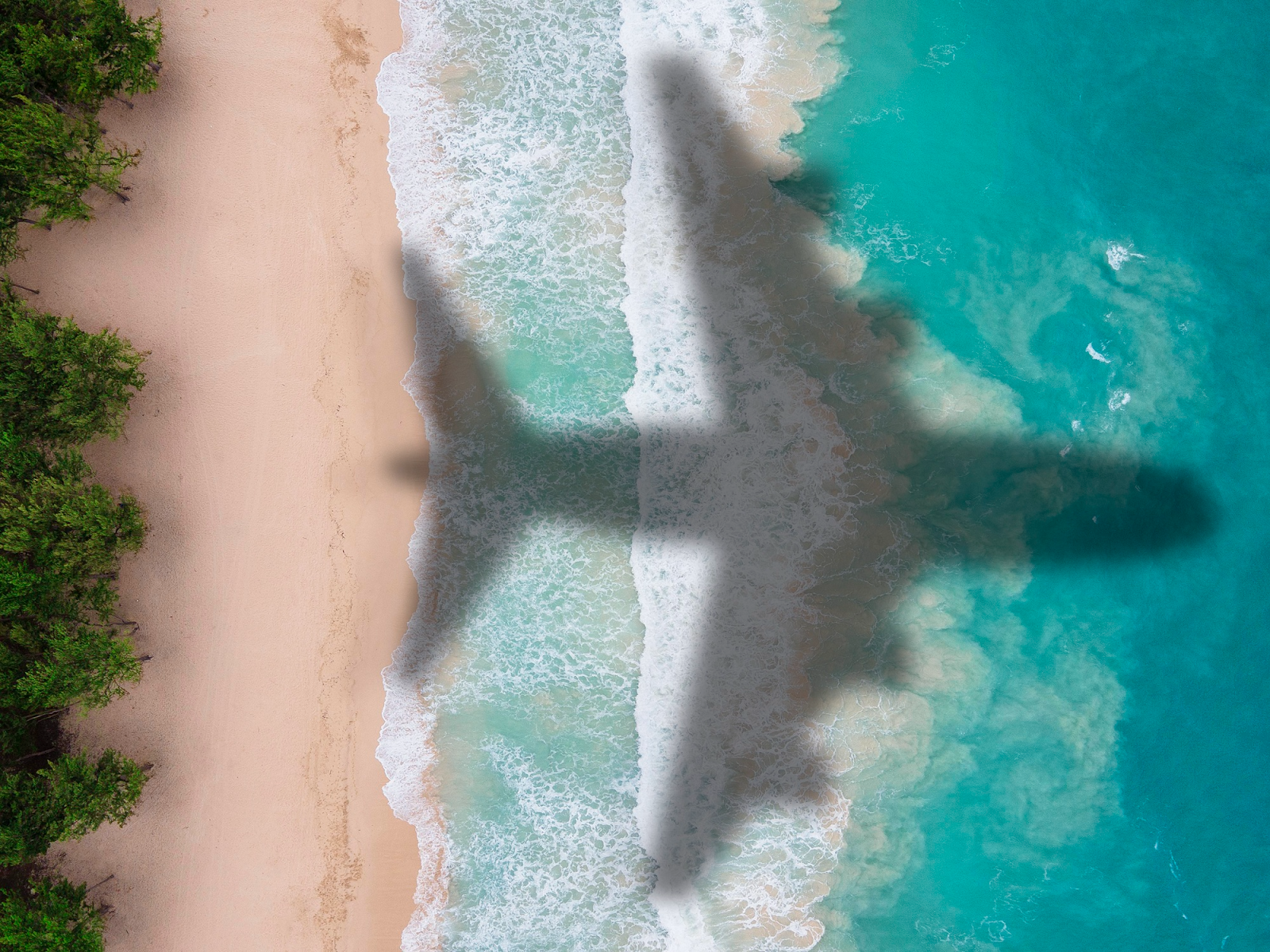
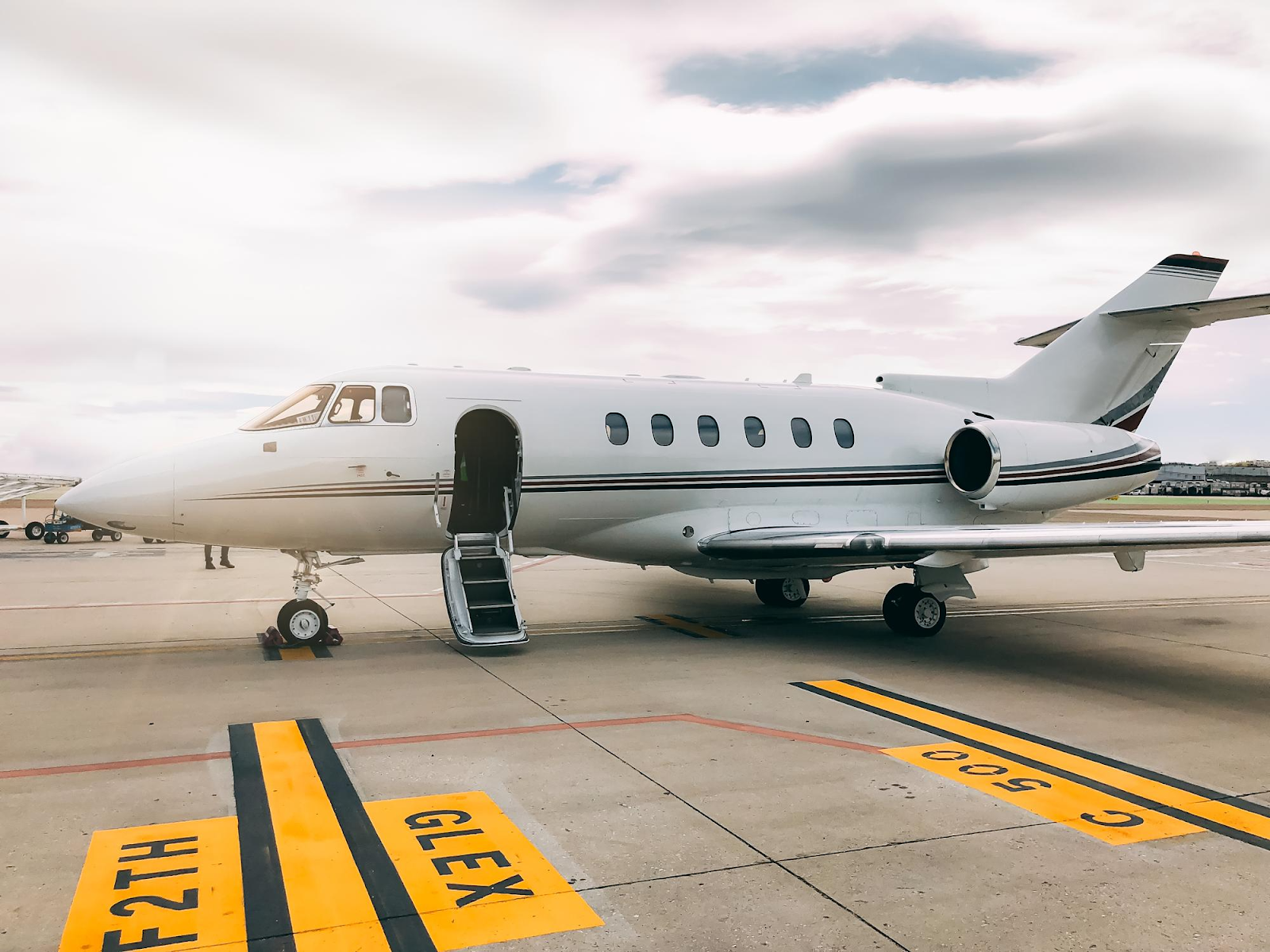
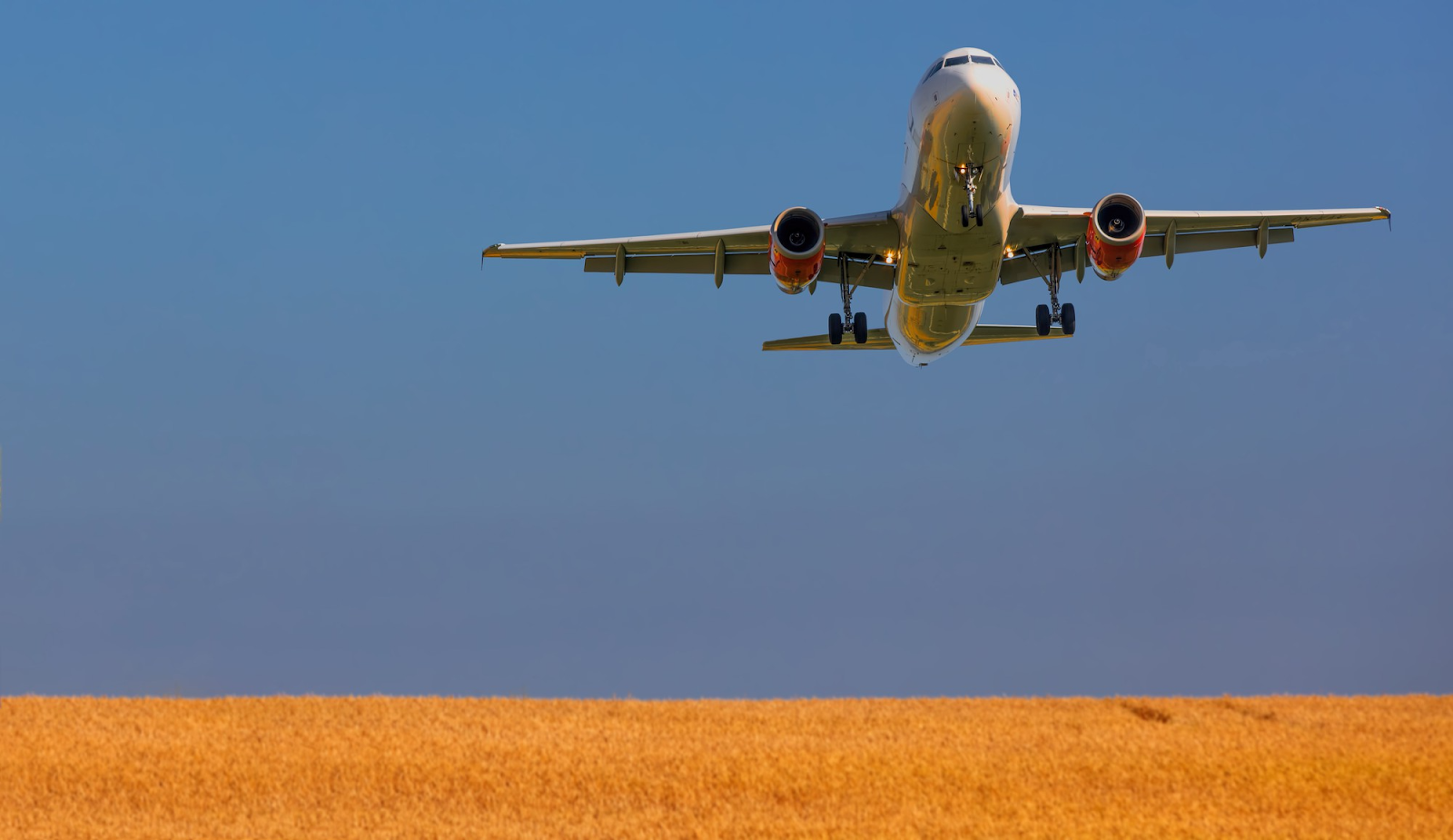
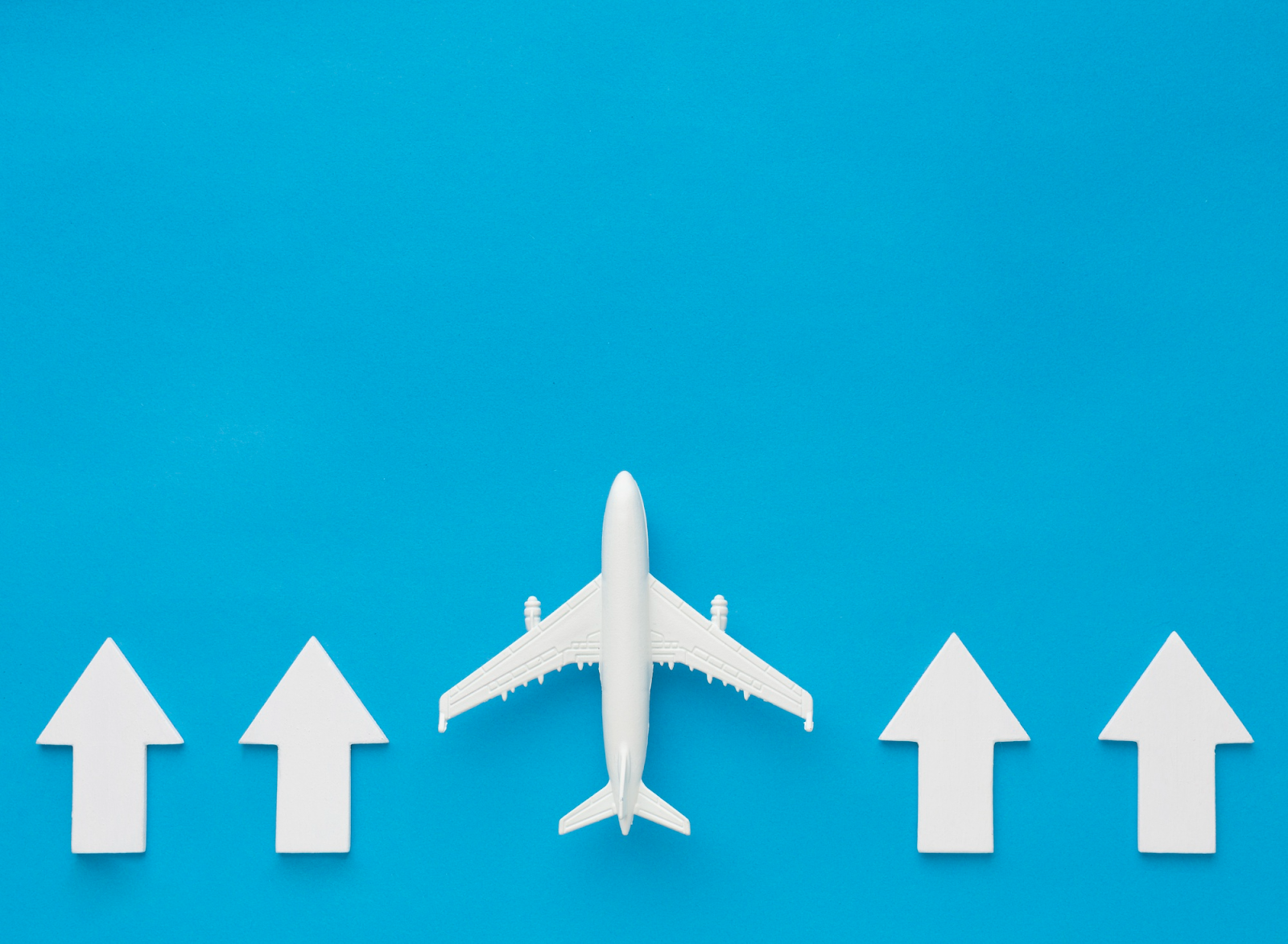
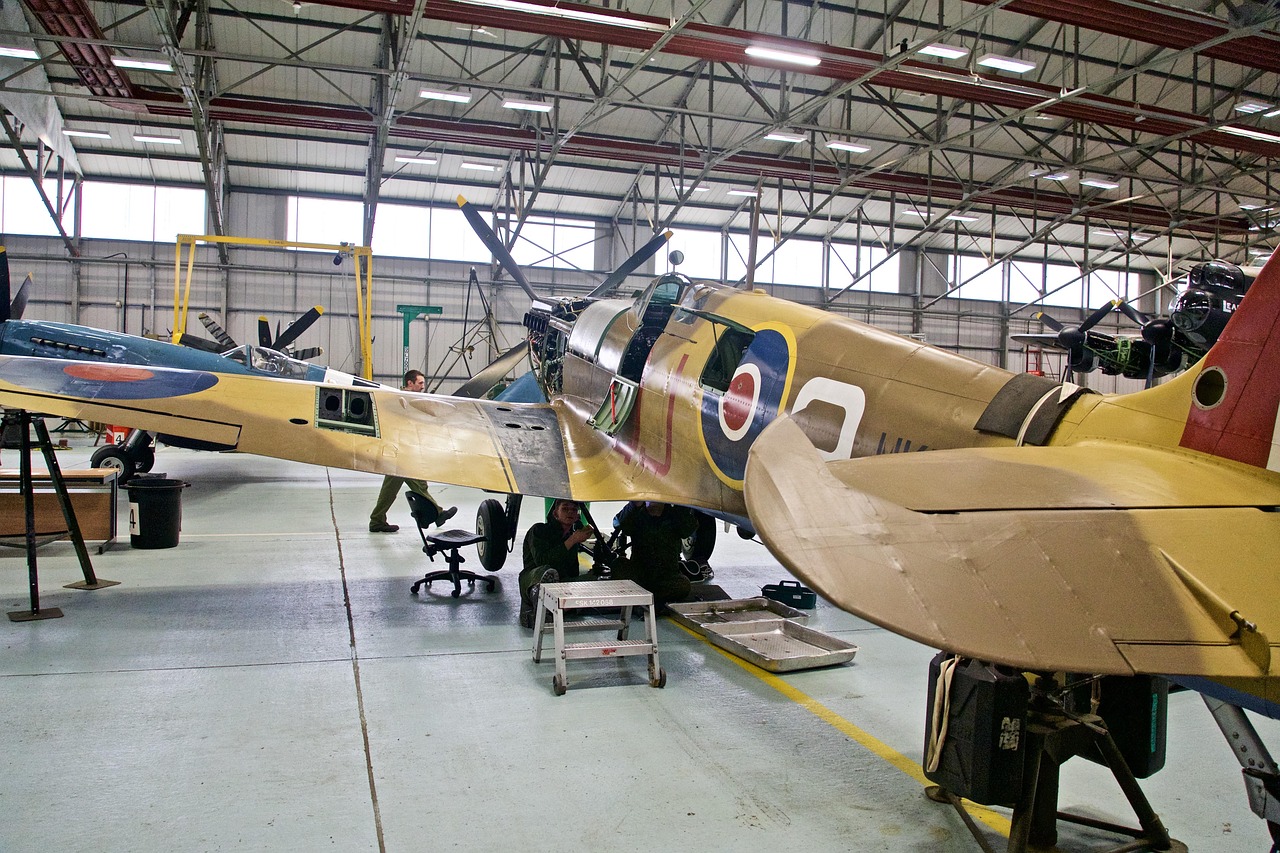
Published: July 19, 2025
If you own a plane—or plan to—knowing how to keep it in top shape is a good idea. And it’s also your responsibility. Proper care keeps your aircraft safe, legal, and ready to fly. The good news? You don’t have to be a full-time mechanic to understand the basics. This guide was made for aircraft owners like you who want to stay compliant and safe, without the confusion. We’ll walk through the rules, the tasks you can do yourself, and what to watch out for along the way.
You’ll learn which tools to keep on hand, what goes in your logbook, and why maintenance isn’t something you only do “when you get around to it.”
Aircraft owner maintenance refers to the tasks that an aircraft owner is legally allowed to perform without needing a certified aviation mechanic. The FAA outlines this clearly in Part 43 Appendix A maintenance rules.
These tasks are considered preventive aircraft maintenance, meaning they help prevent bigger problems before they start. You might think of it as regular care, not major repairs.
Here's what this usually includes:
These activities fall under owner performed aircraft maintenance, and they’re allowed under FAA preventive maintenance rules—as long as you follow all the correct steps.
You’ll also need to document everything. That means proper aircraft logbook entries, showing what was done, when, and by whom. Skipping this part could get you in trouble, even if the task was done right.
Lastly, don’t forget the tools. A few basic aircraft maintenance tools like a torque wrench, tire pressure gauge, oil filter wrench, and spark plug socket are usually enough for light work. Most of this is covered in any reliable light aircraft maintenance guide or small aircraft maintenance guide.
Taking care of your plane isn’t just a box to check. It keeps you flying safely and within the law.
Here’s why aircraft maintenance for owners is such a big deal:
Skipping inspections or putting off small fixes can lead to serious issues mid-flight. Routine tasks like aircraft oil changes, aircraft lubrication, and aircraft tire replacement prevent wear and failure. Even a loose bolt or bad spark plug can cause engine trouble if left unchecked.
The FAA has clear aircraft inspection requirements and aircraft maintenance compliance standards. If you miss a required inspection or fail to log your maintenance properly, your plane may be grounded.
Having accurate aircraft maintenance records and following FAA aircraft maintenance procedures ensures you're in line with faa maintenance rules for owners. It also shows you're taking your aircraft owner responsibilities seriously.
Regular upkeep helps avoid expensive repairs later. Simple jobs you can do yourself (with training and the right tools) offer aircraft maintenance cost savings. Knowing what owners can do on aircraft legally is a big part of this.
For example, swapping out a battery or cleaning spark plugs early can keep bigger systems from breaking down. And that’s where knowing the difference between aircraft repair vs maintenance helps. Repairs are usually complex and require a licensed mechanic. Maintenance? That’s your zone—as long as you stay within the aircraft maintenance legal limits.
While private pilot maintenance rights give you a fair amount of freedom, there’s still a line between being handy and being safe. Certified mechanics handle more advanced jobs, and understanding the difference between an aviation mechanic vs aircraft owner helps keep things clear.
Using a solid aviation maintenance checklist pdf or airplane owner maintenance guide can give you step-by-step support to stay on track.
Taking care of an aircraft isn’t optional—it’s required. The FAA has clear aircraft maintenance requirements, and if you’re a plane owner, those rules apply to you. Let’s walk through the essentials so you know what’s expected and how to stay on the right track.
The FAA sets out specific faa aircraft maintenance regulations for all registered aircraft. These rules explain how often certain maintenance must be done, who can do it, and how it must be recorded. One key rule is FAA Part 91 maintenance, which covers general operations and maintenance for most private aircraft.
If you're handling owner operator aircraft maintenance, you must stick to approved owner maintenance items only. These are basic, non-complex tasks that don't affect flight safety if done incorrectly. You also must follow the aircraft maintenance limits—doing more than you’re allowed without certification can get you in trouble.
To stay organized, many owners use an aviation maintenance tasks list. This helps make sure no part of the plane is forgotten during a check or inspection.
Aircraft maintenance frequency depends on your flying habits, aircraft model, and FAA requirements. Some tasks are done daily, others after a certain number of flight hours, and some yearly.
Here’s a simple breakdown:
Managing private aircraft upkeep isn’t hard when you have the right plan. Let’s look at some of the most helpful tools and methods that make the job easier and safer.
Start with a basic aircraft upkeep checklist. It should include:
A good aircraft inspection checklist helps catch small problems before they grow. It also keeps your maintenance organized.
You can also follow an aviation care checklist from your aircraft’s manufacturer or a trusted private plane maintenance guide. These often match the FAA’s aviation inspection guide, which outlines what needs to be done and how often.
The FAA requires every task to be logged properly. This is where aviation maintenance logbook rules make the difference. You need to write what was done, when, and by whom. Use proper terms and avoid vague notes like “checked plane.”
For pilot logbook maintenance entries, include:
These records show you’ve met your aviation maintenance responsibilities and followed safe aircraft ownership practices.
Some jobs can be handled by the pilot or owner. Others must be done by a certified professional. Understanding the line between certified mechanic vs owner maintenance matters a lot.
As an owner, your pilot maintenance rights let you handle certain tasks under pilot-performed maintenance rules. But for deeper repairs or inspections involving aircraft systems, a licensed A&P mechanic is required.
For example:
Using an aircraft self-maintenance guide can help clarify this.
Every owner should get familiar with aircraft maintenance essentials. Here are a few quick plane owner maintenance tips to keep in mind:
Maintenance for aircraft owners isn’t about doing it all. It’s doing what you can safely and calling in help when needed. That balance is how you meet your aircraft owner duties and keep flying with confidence.
Owning an aircraft comes with real responsibilities—but it also comes with the power to keep your aircraft safe, legal, and in great shape. With the right tools, the right knowledge, and smart recordkeeping, you can take care of many basic aircraft maintenance needs yourself.
Just follow the rules, know your limits, and take pride in the work. That’s how smart owners fly with confidence.
Need expert guidance, logbook templates, or tool kits? Visit Flying411 today to keep your aircraft owner journey running smoothly.
A private pilot can perform many preventive maintenance tasks listed in FAA Part 43 Appendix A, such as oil changes and spark plug cleaning.
Every time you perform a maintenance task, even a small one. Accurate aviation maintenance logging keeps you compliant and safe.
Yes, basic aircraft maintenance tools like torque wrenches, oil filter wrenches, and a tire pressure gauge are recommended.
Maintenance is routine work like inspections or replacements. Repairs usually fix damage or restore parts and must be done by certified mechanics.
Yes, as long as it's detailed, secure, and FAA-compliant. Many owners now use digital tools to track aircraft maintenance documentation.